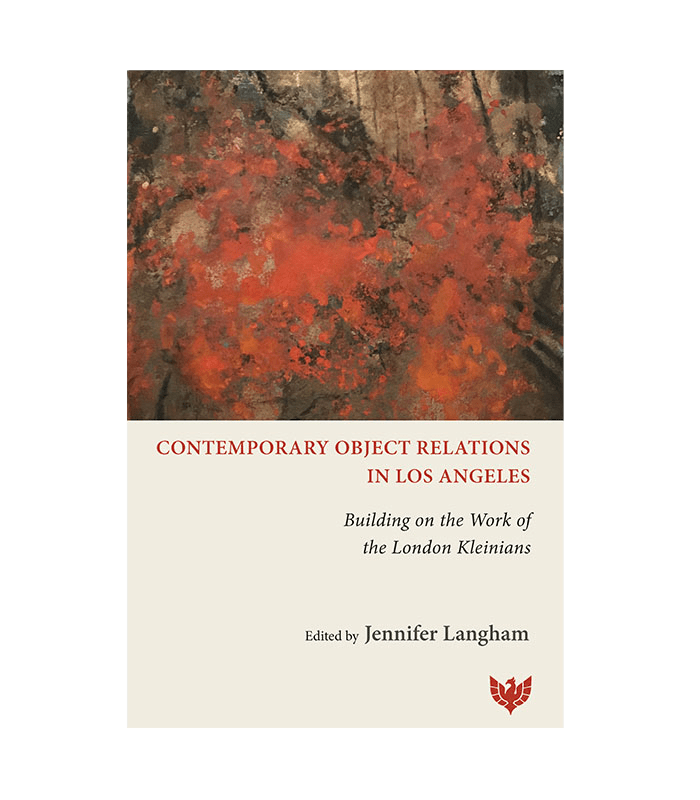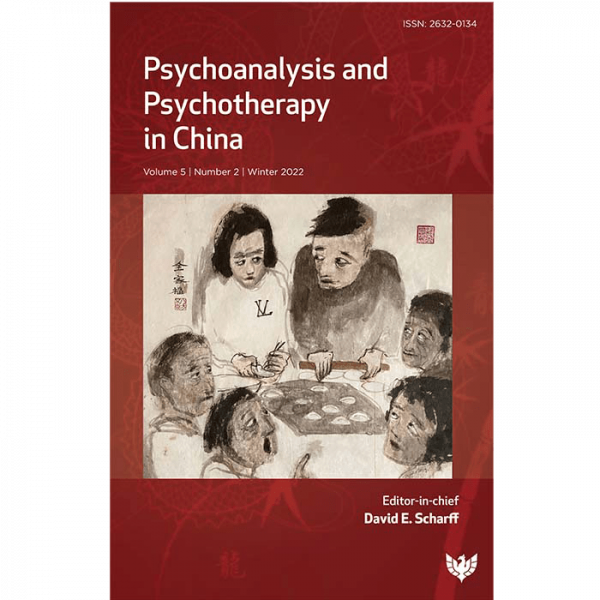In 1984 the Psychoanalytic Center of California (PCC) was established as a direct outcome of the work of Albert Mason, Wilfred Bion, and the visiting analysts who influenced the thinking and practice of receptive Los Angeles analysts of the day. Contemporary Object Relations in Los Angeles reflects the work of current PCC analysts who have carried forward the Kleinian tradition in a variety of ways. They form a tribute to Dr Albert Mason and his influence on the development of post-Kleinian and Bionian thinking in the United States.
The contributions reflect a wide range of interests and ways of exploring current psychoanalytic thought. They include a comparison of the concepts of Winnicott, Klein, and Bion; an account of the application of infant observation; a description of the gradual dismantling of a patient’s manic personality organization; detailed accounts of individual analyses: the journey from psychotherapy to a full analytic treatment; the musical aspects of communication between analyst and patient; and the history, meaning, and current perspective of interpretation in analysis. This lively collection will enhance the practice of clinicians and inspire trainees on their own clinical journey.






Lawrence J. Brown, author, Transformational Processes in Clinical Psychoanalysis and On Freud’s Moses and Monotheism –
‘In her first book, London Kleinians in Los Angeles: Laying the Foundations of Object Relations Theory and Practice, Jennifer Langham introduces the reader to the profound influence these British analysts brought to Los Angeles in the 1960s and 1970s. Now, as a companion piece to the first volume, Langham acquaints us with the next generation of talented psychoanalysts. In this work, we see the unfolding and further rich development of the originators’ ideas in chapters written by Joseph Aguayo, Annie Reiner, Bernard Malin, and others. This book is an invaluable resource for those readers interested in the development of object relations theory and its application to clinical work, and I highly recommend Contemporary Object Relations in Los Angeles to clinical psychologists, psychoanalysts, and other clinicians at all levels of training.’
Howard B. Levine, editor-in-chief, The Routledge Wilfred R. Bion Studies Book Series –
‘While the migration of Kleinian analysts to Los Angeles in 1968 sparked conflict and controversy, it also foreshadowed the current movement in America towards internationalisation of psychoanalytic thinking and dialogue and planted the seeds of interest and understanding that have resulted in the contributions of the Psychoanalytic Center of California (PCC). Led and inspired by Wilfred Bion and Albert Mason, the latter to whom this book is dedicated, the analysts of PCC have absorbed, integrated, and enlarged the traditions of British Object Relations thinking. This book successfully illustrates the editor’s contention that PCC stands as “a vibrant centre of psychoanalytic learning and training with a continued focus on the work of Klein, Bion, Winnicott, … [and] a special emphasis on the understanding of primitive mental states”. It should prove of value and interest to analysts and analytic therapists at all levels of experience.’
Abbot A. Bronstein, PhD, section editor, International Journal of Psychoanalysis’ Analyst at Work –
‘This far-reaching collection of essays, most original for the book, presents a spectrum of American Kleinian thinking from the analysts at The Psychoanalytic Center of California. The depth of clinical and theoretical thinking from contributors such as Joseph Aguayo, Greg Gorski, and Fred Vacquer shows the sophistication and dedication to Kleinian psychoanalysis. The clinical papers which predominate are filled with detailed, genuine, unfiltered clinical interactions, warts and all. The authentic sense of patient and analyst struggling with the seriousness of the task comes through again and again. Other intriguing papers on infant observation and particularly the papers by Jon Tabakin on interpretation and Annie Reiner on shame add theoretically sophisticated descriptions for readers at all levels of analytic knowledge. Jennifer Langham has given readers a chance to examine the rich and varied thinking of this original group of psychoanalysts far from London staying true to Kleinian ideas and clinical practice.’